Solving Rational Equations Worksheet
Rational equations can be challenging to solve, requiring a thorough understanding of the basic principles involved. If you're a high school math student looking for additional practice with solving rational equations, this worksheet is designed to provide you with ample opportunities to test your skills. By working through a variety of problems, you'll gain confidence in tackling different types of rational equations and develop a solid understanding of the underlying concepts.
Table of Images 👆
- Solving Algebra Equations Worksheets
- Algebra 1 Worksheets
- Quadratic Equation Worksheets
- Combining Like Terms Equations Worksheet
- 6th Grade Algebra Equations Worksheets
- One Step Equations Worksheets
- Multiplication of Exponents and Division Worksheets
- Solving Exponential Functions Worksheet
- Negative Numbers Worksheets
- Algebra 2 Exponents Rules Worksheets
- Perfect Square Roots Worksheet
- Fraction Division Problems Worksheet
- Decimal Word Problems
More Other Worksheets
Kindergarten Worksheet My RoomSpanish Verb Worksheets
Cooking Vocabulary Worksheet
DNA Code Worksheet
Meiosis Worksheet Answer Key
Art Handouts and Worksheets
7 Elements of Art Worksheets
All Amendment Worksheet
Symmetry Art Worksheets
Daily Meal Planning Worksheet
What is a rational equation?
A rational equation is an equation that contains fractions with polynomials in the numerator and denominator. The goal when solving a rational equation is to find the value(s) of the variable that make the equation true while also ensuring that the denominator is not equal to zero to avoid undefined values.
How do you identify restrictions on a rational equation?
To identify restrictions on a rational equation, first look for any denominators in the equation. Restrictions occur when the denominator is equal to zero, as division by zero is undefined. Set the denominator equal to zero and solve for the variable. The values that make the denominator zero are the restrictions on the rational equation. These values must be excluded from the domain to ensure the equation remains valid.
What are the steps to solving a rational equation?
To solve a rational equation, start by simplifying the equation by multiplying both sides by the least common denominator to eliminate the fractions. Next, solve the resulting equation just as you would a regular algebraic equation by combining like terms, isolating the variable on one side, and simplifying if necessary. Lastly, check your solutions by plugging them back into the original equation to ensure they are valid and do not cause any division by zero.
How do you clear fractions when solving a rational equation?
To clear fractions when solving a rational equation, you can multiply each term in the equation by the least common multiple (LCM) of the denominators of the fractions present. This will eliminate the fractions and simplify the equation, making it easier to solve. After clearing the fractions, you can then proceed to solve the equation using standard algebraic techniques.
When solving a rational equation, what should you do if you have a square root in the denominator?
To solve a rational equation with a square root in the denominator, you should first eliminate the square root by multiplying both the numerator and denominator by the conjugate of the denominator, which involves multiplying the numerator and denominator by the square root expression with its sign changed. This will help in simplifying the equation and getting rid of the square root in the denominator, allowing you to continue solving the rational equation using standard algebraic techniques.
What is the process for checking your solutions in a rational equation?
To check your solutions in a rational equation, you first need to substitute the potential solutions back into the original equation. Then, simplify the equation and verify if the left-hand side equals the right-hand side. If the equation holds true for all potential solutions, then those values are valid solutions to the rational equation.
What are extraneous solutions in a rational equation?
Extraneous solutions in a rational equation are solutions that are obtained by solving the equation algebraically, but when substituted back into the original equation, do not actually satisfy the equation. This can happen when certain values cause the denominator of the rational expression to be equal to zero, leading to undefined operations. It is important to always check potential solutions in the original equation to avoid mistakenly including extraneous solutions.
How do you solve a rational equation with multiple fractions?
To solve a rational equation with multiple fractions, first find a common denominator for all the fractions. Next, multiply each term by the common denominator to eliminate the fractions. Simplify the resulting equation by combining like terms and solving for the variable. Finally, check your solution by plugging it back into the original equation to ensure it satisfies the equation.
How do you solve a rational equation with variables in the denominators?
To solve a rational equation with variables in the denominators, you should begin by finding a common denominator for all fractions in the equation. Next, multiply both sides of the equation by the common denominator to get rid of the fractions. This will typically result in a polynomial equation that can be solved using algebraic techniques like factoring or the quadratic formula. Finally, solve for the variable by isolating it on one side of the equation. Remember to check your solution to ensure it doesn't create any denominators that are equal to zero, as this would make the equation undefined.
What are some real-life applications of solving rational equations?
Real-life applications of solving rational equations include determining the minimum amount of ingredients needed to make a recipe for a certain number of people, calculating the maximum speed at which a vehicle can travel given a specific amount of fuel, predicting the amount of time it will take for an investment to double in value based on its interest rate, and determining the optimal price point for a product to maximize profit based on production costs and demand.
Have something to share?
Who is Worksheeto?
At Worksheeto, we are committed to delivering an extensive and varied portfolio of superior quality worksheets, designed to address the educational demands of students, educators, and parents.

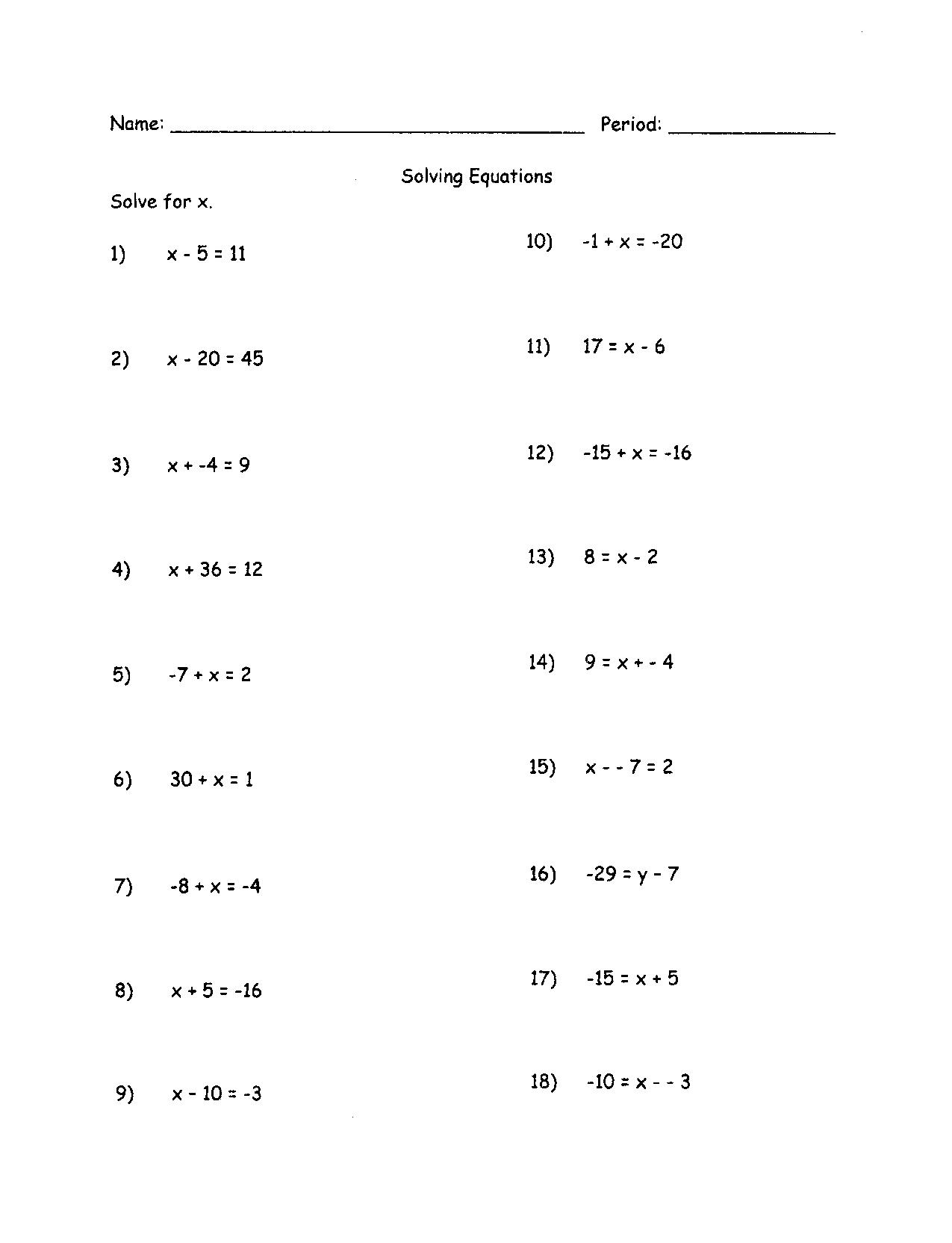



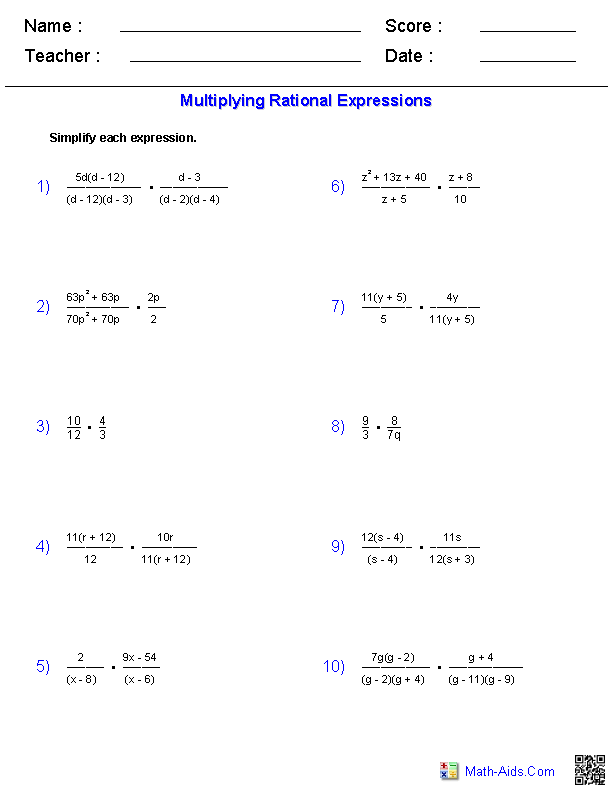
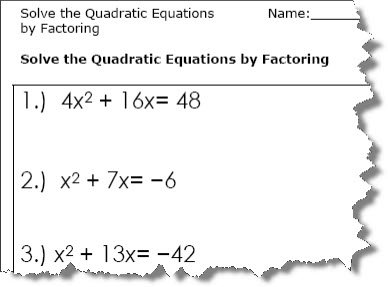
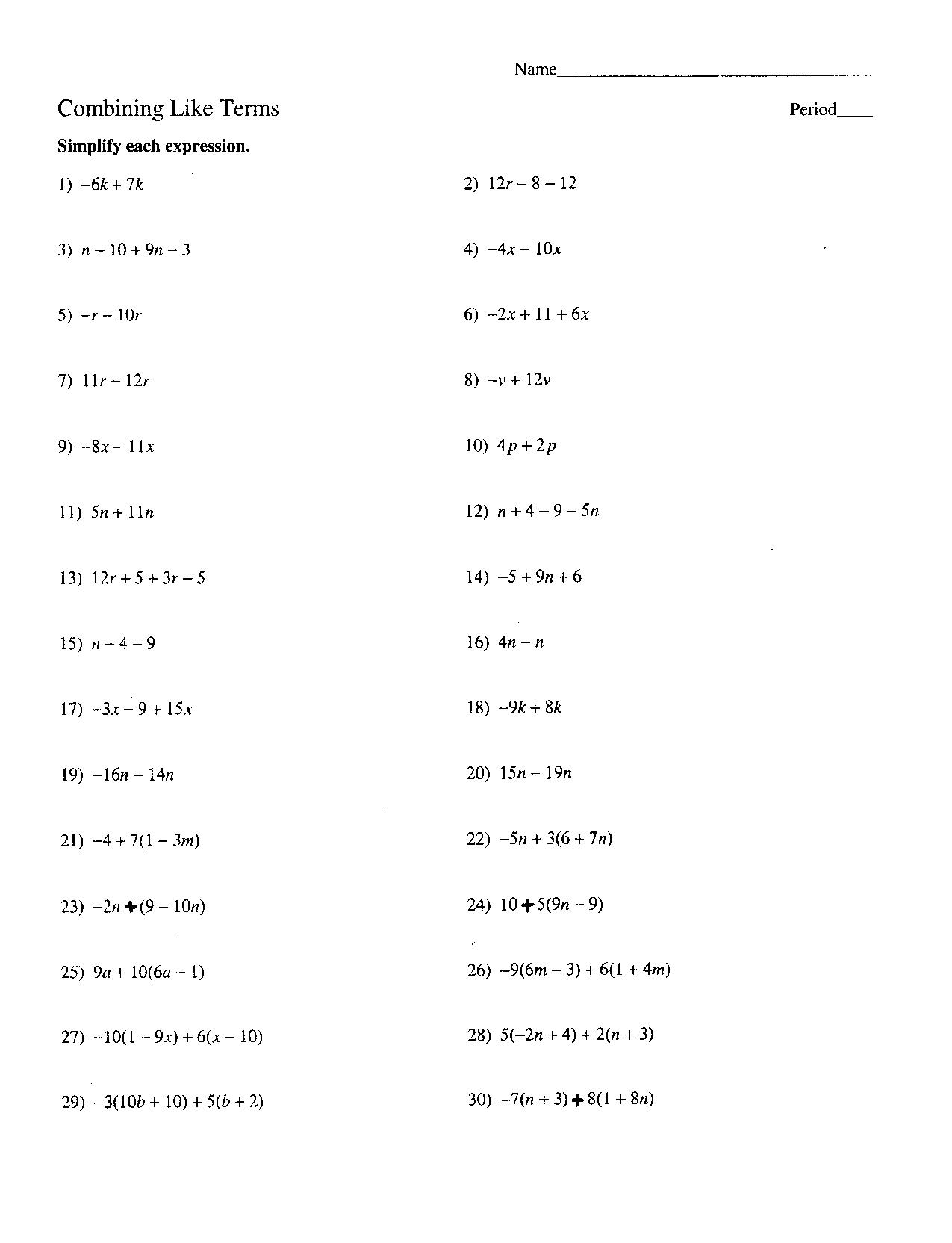

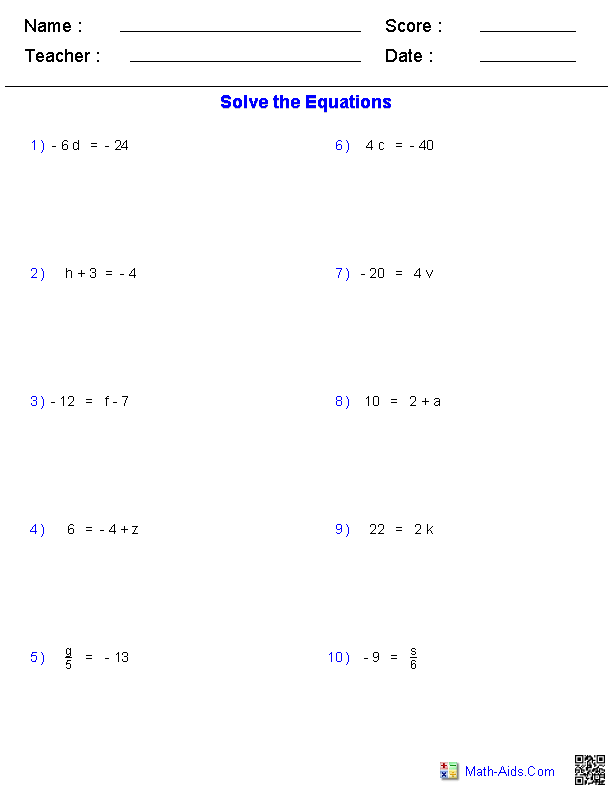
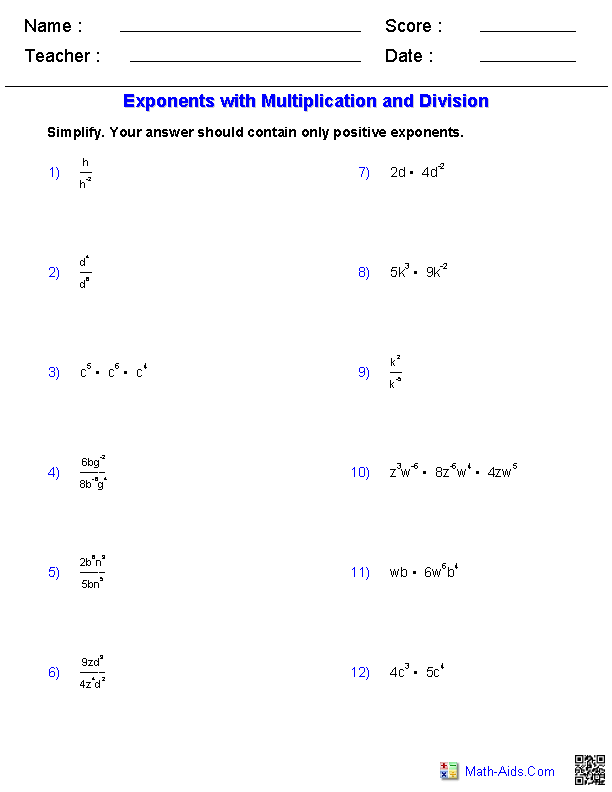
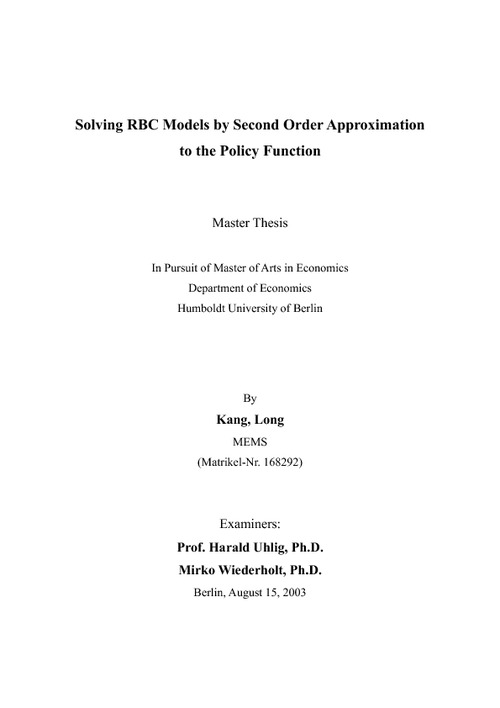
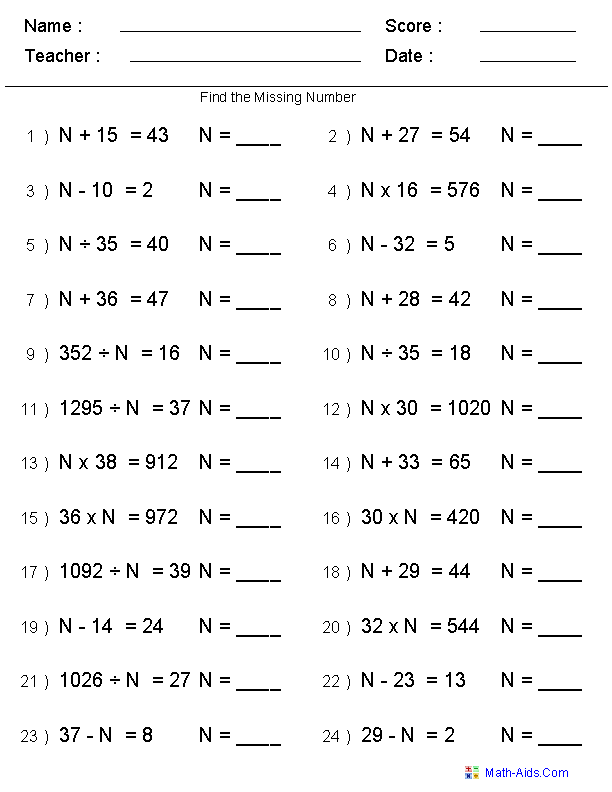
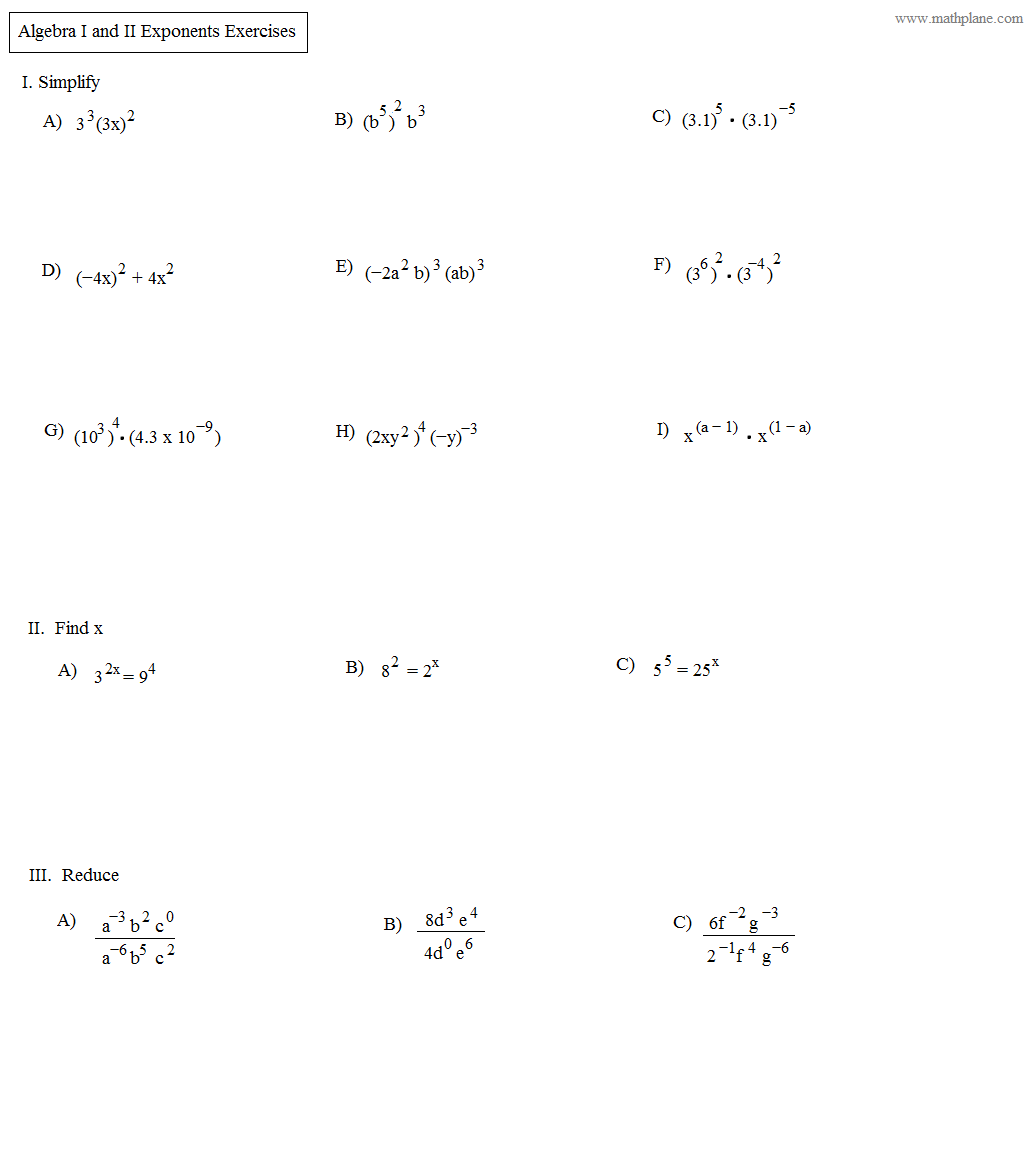
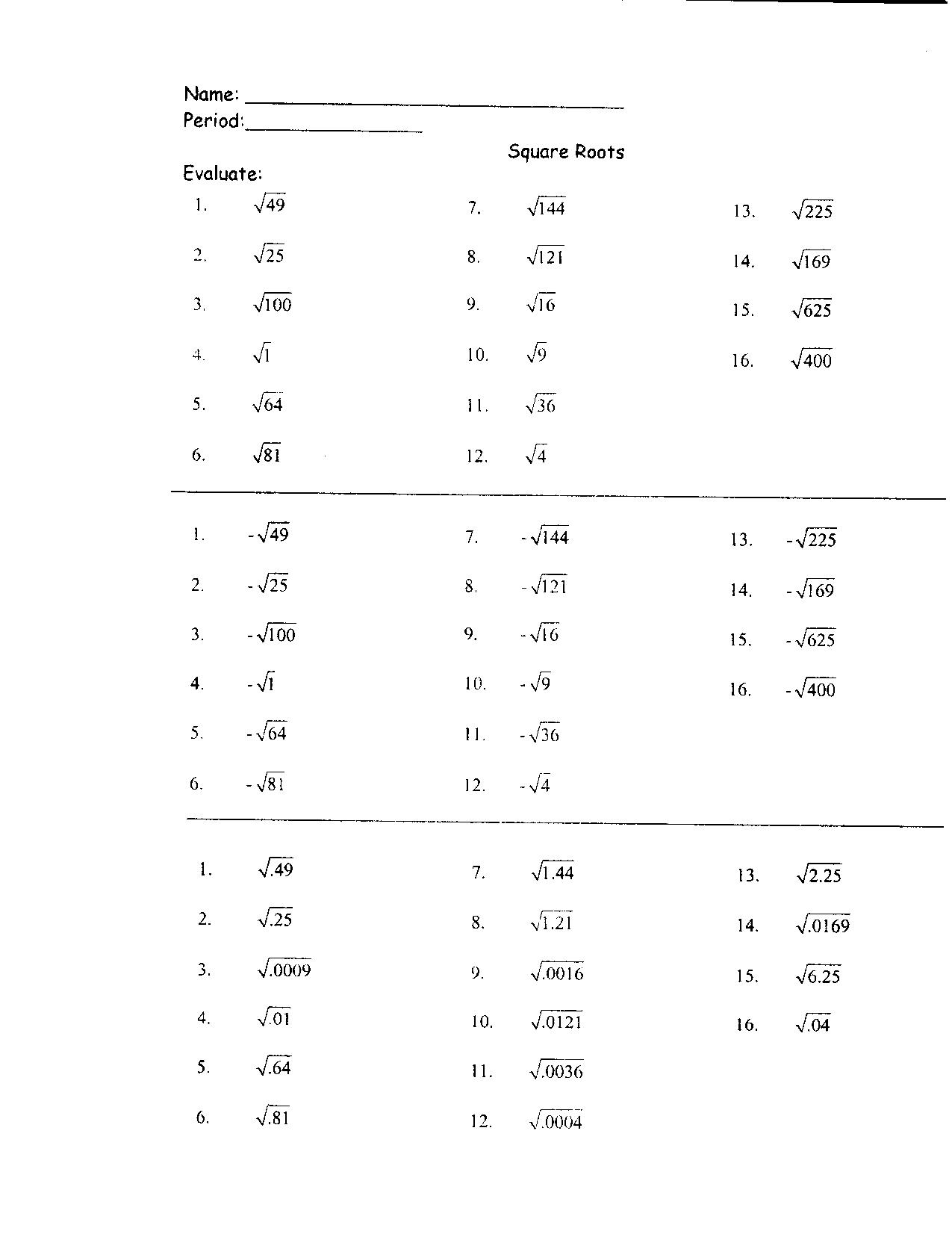















Comments